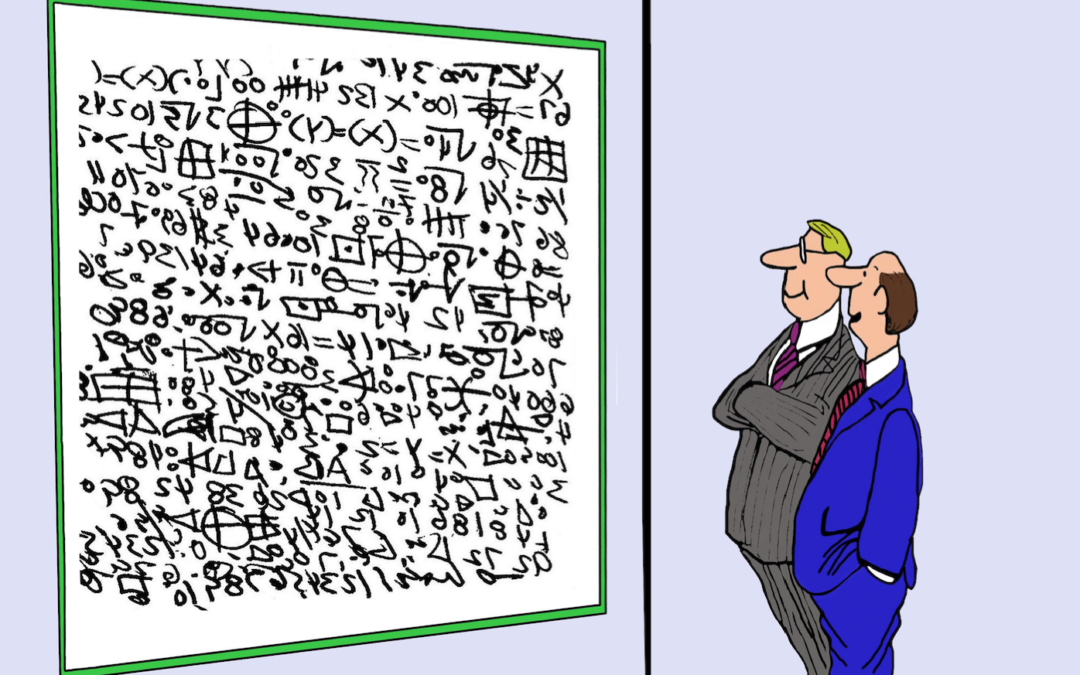Rambling on in speech or in prose is never pleasant. As listeners, we want people to get to the point. And, as speakers, we want the ability to offer them just that! Being concise is an art. It is the ability to distill the essence of anything into simple, yet accurate messages that can be understood by the target audience.
Today, I explore this art and share a model for being concise that you can use in almost any context. It is based on my learnings from a decade of operating in some very intense and unforgiving business environments.
A model for being concise
This model allows access to a mindset from which conciseness arises naturally. It is not about following rules or using tricks. Rather, it is about creating the psychological conditions for you to become concise. The model has four interconnected elements. Let us explore them.

What is the (real) question?
Very clearly understanding the question at hand is fundamental to being concise. The question is what focuses the mind and ensures that unnecessary digressions are avoided.
I have inserted “real” within parenthesis above because sometimes the question is not entirely clear. Actually, meetings in the corporate world are often wasted dancing around the key issue. So, if this is the case, it is crucial that you take time to clarify this. The clearer the question is, the more accurate and concise the answer is likely to be.
Who is it for?
This is about the intended audience, which might even be yourself. The more that you understand your audience, the more you will be able to craft messages that are digestible by them. For example, a quantum physicist researching black holes cannot discuss her findings with a non-physicist the same way she does with her peers.
Detailing her mathematical proofs might only serve to confuse the non-physicists. She might however be able to explain her ideas another way, by using analogies or pictures perhaps. And, certainly, the wider implications of these findings could be explained in lay terms. A better understanding of your audience also allows you to uncover the “real” question that they would like answered.
In some cases, the surface presentation
of the question may not be what is actually
wanted or needed.
And, the more you know your audience, the more quickly you can get to the heart of matters. Ongoing business relationships, for example, are a great opportunity for really getting to know your audience.
You have probably noticed that the two elements above; “what is the question” and “who is it for” work together. They reinforce and help each other. This is why I have put them opposite each other in the diagram.
Curiosity
Being curious, really curious, about the question and the subject matter is what enables new and deeper insights. It is curiosity that drives investigation beyond the obvious. And, not being rushed is an important enabler of curiosity because it allows the space for your mind to explore.
Without genuine curiosity, we can never hope to get deep into the core of a subject. Indeed, waffling often tends to creep in when the presenter does not fully understand the topic themselves. So, they try to (consciously or unconsciously) hide this fact by talking around the topic. Blah, blah, blah, blah, blah.
The more deeply you understand something,
the more concise you are able to be.
And, this becomes even more important as the complexity of the subject increases.
Curiosity can also make us get lost in the detail or majorly digress from the topic. This is why remembering both the question and the audience is SO important. These two elements help to keep you focused and direct your curiosity to where it is needed.
You are probably beginning to now see how the different elements of the model work together to create the conditions for being concise.
Knowing where you stand
This element is about acknowledging and accepting where you currently stand in relation to the topic being explored. This requires becoming more aware of your knowledge of the subject (including any gaps), relevant skills and experience.
Rambling often happens because of insecurity. People often use “padding” around what they say because they are insecure about their content. This kills conciseness. Knowing where you stand helps to cut through insecure waffling and enables a more honest discussion. It will also help build greater trust with your audience. It is better to recognise that which is yet “unknown”, rather than to dance around this fact. People will respect you more for it.
“Curiosity“ and “knowing where you stand“ appear opposite each other in the diagram as they too form another self-reinforcing cycle. The more you acknowledge where you stand, the more likely you are to notice gaps in your knowledge and become curious about learning. And, the more curious you become about the subject, the more your knowledge grows!
Being concise requires practice
Being clear about the question, understanding the audience, curiosity, and knowing where you stand, work together to enable conciseness. Applied together, the four elements provide a model for clearly distilling the essence of almost anything so as to make it understandable.
This is a model for more than just being concise, then. It is a model for being salient. And, like any skill, the model can be practiced, so that it eventually becomes second nature.
_____________________________________________________________________________________________




Great model – like many great ideas it is simple in its basic form. I’ve not heard this put exactly like this before, though it is partly related to the idea that such people as Einstein (if I recall correctly) mentioned – ‘If you cannot explain something in simple terms, you probably don’t understand it well enough yourself.’
Thanks Charlie. Indeed, it is related. Deeper understanding, born out of curiosity is just one element in this model. It works together with the other 3 to provide the psychological basis for being concise. Thanks for reading
A Most helpful model. I have had a tendency to overwhelm with details…not knowing my providers true needs [as they are a people-pleaser], despite my asking. A coworker demonstrated conciseness, which I see as a plus.
Thanks for reading, Carin. So glad you found it useful. Hope your future interactions with providers go well!